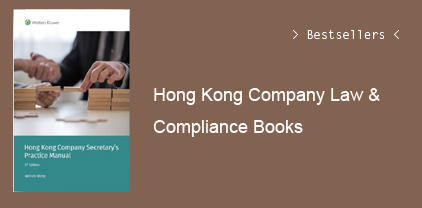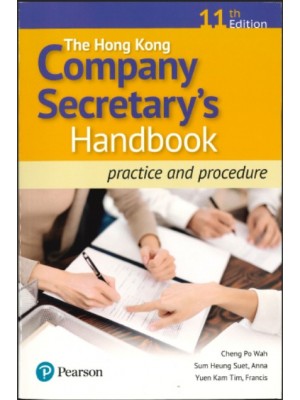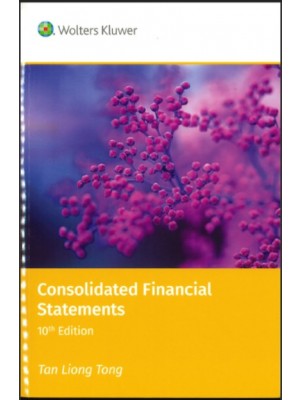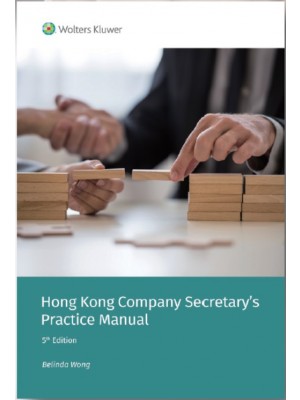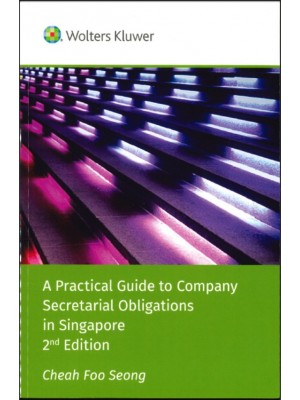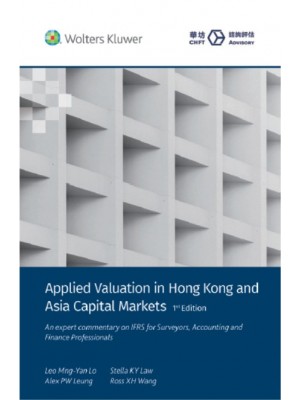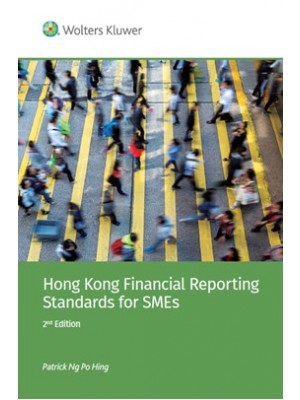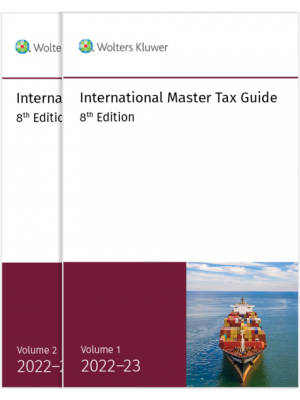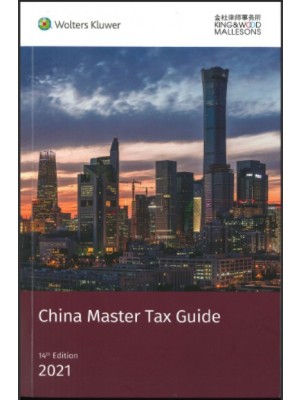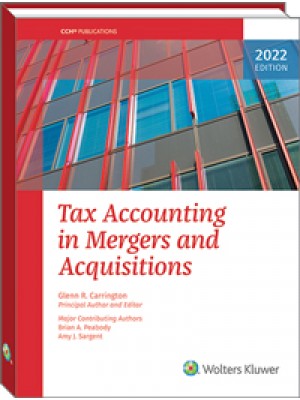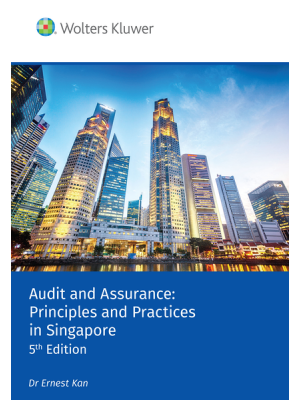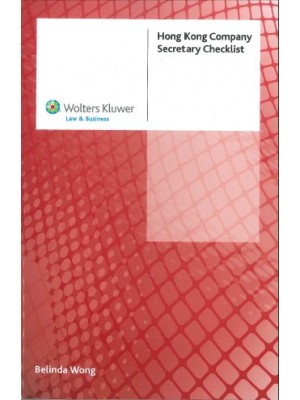Preface xiii
1 Introduction 1
1.1 The Bi-polar World of Finance 1
1.2 Demarcation of the Product Group 5
1.3 Positioning and Use of Mezzanine Finance 7
1.4 The Risk–Return Conundrum 10
1.5 Providers of Mezzanine Finance 18
1.6 The Market for Mezzanine Products 18
2 The Mezzanine Product Group 25
2.1 Categorization of the Mezzanine Product Group 25
2.1.1 Subordinated debt with step-up rates 26
2.1.2 Subordinated debt with PIK interest 29
2.1.3 Subordinated debt with profi t participation 33
2.1.4 Subordinated debt with warrants 40
2.1.5 Convertible loans 51
2.1.6 Preferred shares 58
2.1.7 The wider space of hybrid instruments 64
2.2 Case Study: The Kratos Company – Merger Finance 67
2.2.1 Kratos Inc. – A closer look 69
2.2.2 Case guidance 72
2.2.3 Datasets 73
3 The Implicit Cost of Mezzanine Products 77
3.1 Measuring Risk 77
3.1.1 Risk and return expectations 77
3.1.2 How do you measure risk? 78
3.1.3 What risks do we compensate for? 79
3.2 Types of Risk 80
3.2.1 Diversifi cation as a rule reduces or eliminates fi rm-typical risk 81
3.2.2 Modern fi nancial theory is eyeing a certain type of investor 81
3.2.3 Measuring market risk: the CAPM (capital asset pricing model) theory 82
3.2.4 The capital asset pricing model 82
3.3 Equity Risk Versus the Risk of Borrowing: Default Risk and the Cost of Debt 87
3.3.1 What are the drivers behind default risk? 87
3.3.2 The risk-free rate 88
3.4 Putting It All Together 90
3.5 How Much Risk is There in a Mezzanine Product? 92
3.6 Cost Versus Return Dynamics for Mezzanine Products 94
4 The ‘Pricing’ Question and Further Financial Dynamics of
Convertible Loans and Preferred Convertible Shares 97
4.1 Pricing Grid for Mezzanine Products 97
4.2 Financial Dynamics of Convertibility in Convertible
Loans and Preferred Convertible Shares 99
4.2.1 Convertible bonds 99
4.2.2 Convertible preferred stock (CPS) 107
4.2.3 Valuation and pricing of (embedded) options 110
4.3 Case Study: JJ Bars & Restaurants – Mezzanine for Expansion 121
4.3.1 Europewide Capital Partners 122
4.3.2 The Dutch and European restaurant industry 122
4.3.3 Industry segments 123
4.3.4 JJ Bars & Restaurants 123
4.3.5 Datasets 128
4.3.6 Questions: JJ Bars & Restaurants 138
5 The Mezzanine Product Group and the Financial Industry 139
5.1 The Basel Committee and Framework 140
5.2 The Evolution of the Basel Rules (Basel I and II) 140
5.2.1 The fi rst pillar 141
5.2.2 The second pillar 142
5.2.3 The third pillar 142
5.2.4 Capital defi nitions under Basel II 142
5.3 Objectives of Basel III and the Central Themes 144
5.3.1 Capital defi nitions under Basel III 145
5.4 Impact on the Use of Mezzanine Products in the Financial Sector 163
5.5 Regulation in the Insurance Sector Impacting the Use of Mezzanine Products 163
5.5.1 Solvency II 164
5.5.2 Regulated capital under Solvency II 165
5.6 CoCo Bonds – Contingent Convertible Bonds 171
5.6.1 Outlook for the product 176
5.7 Annex I – Summary Basel III 177
5.8 Annex II – Basel III – Specifi c Features 178
5.9 Case Study Positions: Mezzanine Financing for Financial Institutions 182
5.10 Case Study 1: Financing the Future of Bank Alhanbra 182
5.10.1 Case guidance 183
5.11 Case Study 2: Growing the Brazilian Market 184
5.11.1 Case guidance 186
5.12 Case Study 3: Financing a South African FI which is Part of a Larger Conglomerate Prior to an IPO 186
5.12.1 Case guidance 187
6 Mezzanine and Project Finance 189
6.1 Types of Projects 192
6.2 Financing Aspects 193
6.3 Securitizing Project Loans 195
6.4 Case Study 1: Developing a Toll Road in Poland (A2) 196
6.4.1 Other fi nancial peculiarities 202
6.4.2 Case guidance 203
6.5 Case Study 2: Building and Operating a Wind Park 203
6.5.1 Security 209
7 Real Estate Projects and Mezzanine Finance 211
7.1 Wider Application 212
7.2 Other Applications and Return Issues 214
7.3 Case Study: Financing a Real Estate Company in the CEE Region 220
7.3.1 Projections 223
7.3.2 Points for consideration 223
8 Mezzanine and the Private Equity Space 225
8.1 Drivers of Return 228
8.2 LBO Structure 232
8.2.1 Senior debt 234
8.2.2 Second lien 235
8.2.3 Mezzanine/HY loans 236
8.2.4 PIK notes 246
8.2.5 Equity 246
8.3 Tax Implications 247
8.4 Alternative Transactions Using Similar Financing Structures 247
8.5 Summary of Different Compartments in the LBO Structure 249
8.6 Summary of Types of Securities in the Leverage Structure of an LBO 251
8.7 Case Study: Buying Orangina – a Typical LBO with Some Interesting Questions Ahead! 251
8.7.1 Getting the deal done! 253
8.7.2 Valuation, pricing and deal mechanics 255
8.7.3 Case guidance 255
8.7.4 Datasets 256
8.7.5 How did it all end? 259
9 Mezzanine Products and the World of the Rating Agencies
and Accountancy Boards 261
9.1 Rating Agencies and the Debt–Equity Continuum 261
9.1.1 Permanence and deferral characteristics 271
9.1.2 Simplifi ed continuum for banks’ (FIs’) and insurers’ hybrid capital security 272
9.2 Case Study: Fitch’s Approach to Rating Hybrid for Corporates 272
9.2.1 At initiation and thereafter when fundamentals are acceptable; coupon
payments are occurring as expected 273
9.2.2 As fundamentals decline and the probability of some form of loss
absorption increases 275
9.2.3 When loss absorption features are activated 275
9.2.4 When normal payments are resumed (and the instrument resumes
debt ]like performance) 276
9.3 Mezzanine Debt, Rating Agencies, the Regulator and Financial Institutions
After 2008 284
9.3.1 The impact of Basel III 285
9.3.2 Phasing out of hybrid capital due to regulatory changes 286
9.3.3 Notching down and structuring 287
9.3.4 Capacity limits in the balance sheets of fi nancial institutions
and insurers 289
9.3.5 Basel III and Solvency II 289
9.4 Appendix 1: Equity–Content Maximization and Structuring Criteria
at Moody’s 293
9.5 Appendix 2: S&P’s and Moody’s Key Structuring Considerations 294
9.6 The Intricacies of the Accounting World 295
9.6.1 Classifi cation and measurement 296
9.6.2 Impairment methodology 297
9.6.3 Hedge accounting 297
9.6.4 Substance over form 299
9.6.5 Examples of equity instruments 301
9.6.6 IFRS 9 requirements in relation to hybrid instruments 307
9.6.7 Hybrid fi nancial liabilities 308
9.6.8 Preferred shares 309
9.7 Demarcation Lines and Product Modeling 309
9.7.1 Contractual obligation to deliver cash or other fi nancial assets 309
10 Term Sheets, Inter-creditor Agreements and Debt Restructuring 313
10.1 Groups of Covenants 313
10.2 Review of Key Covenants for Mezzanine Products 316
10.3 Other Covenants 318
10.4 Case Studies: The Good, the Bad and the Ugly 319
10.4.1 Good covenants 319
10.4.2 Bad covenants 320
10.4.3 Ugly covenants 320
10.5 A Comparison of Debt Asset Classes 321
10.5.1 Covenants which relate specifi cally to liquidity events in private market transactions 321
10.5.2 Mezzanine providers and inter-creditor agreements 323
10.5.3 Lien subordination and inter-creditor agreements 326
10.5.4 A quick reminder of the distinction between lien and
payment subordination 326
10.6 Case Study: LyondellBasell and Lyondell Chemical Company 339
10.6.1 Specifi cs of the Lyondell DIP facility 344
10.6.2 Resistance against the proposed DIP facility 345
10.6.3 The outcome 346
10.6.4 Datasets 347
10.6.5 Case guidance 352
11 Outlook 353
11.1 Introduction 353
11.2 The Not-Too-Distant Past 354
11.3 New Kids on the Block 355
11.4 The Unitranche Product 356
11.5 Reorganization of Insolvency Laws in Europe 359
11.6 Islamic Finance: Sukuks and Non-Risk-Free Bond Look-Alikes 360
11.7 Origination Sources for Mezzanine 361
11.8 The Role of Governmental Organizations 362
11.9 The Refi nancing Wall: Opportunities and Challenges 363
11.10 Performance of Mezzanine Products 363
Appendix 1 Overview of Term Sheets and/or Model Contracts for the Mezzanine Product Group 367
Appendix 2 First Lien/Second Lien Inter-creditor Agreement 415
Glossary 479
Case Guidance/Solutions 489
Index 505



